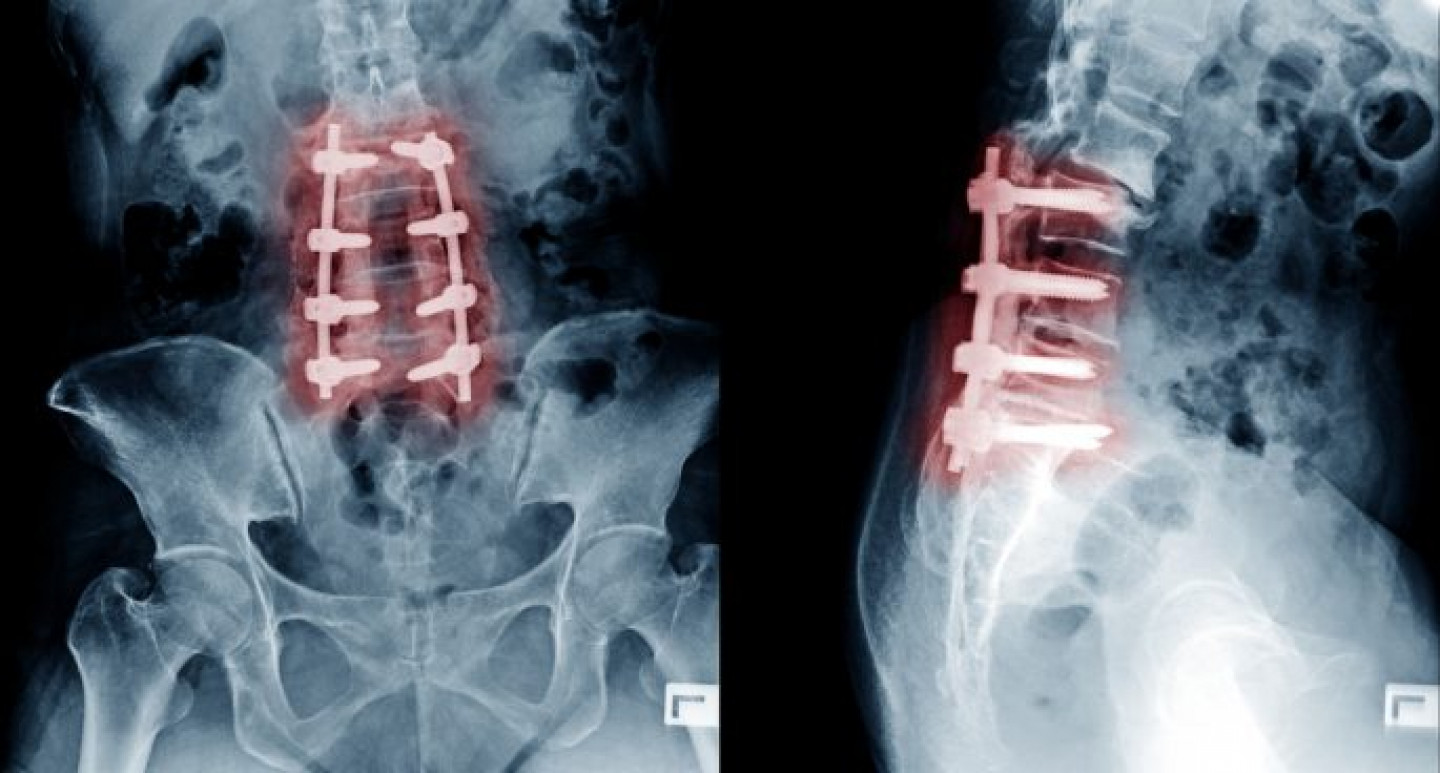Is Spinal Fusion the Solution For My Low Back Pain
Spinal fusion is the extreme operation for back pain. Its aim is to lock a part of the spine and may be recommended for debilitating scoliosis, spine fractures or type IV of spondylolisthesis. But these reasons are rarely the motivations for the spine fusion.
It is primarily considered and presumed that the degeneration of the disk and osteoarthritis, creating instability and inflammation, are the apparent cause of the low back pain, most of the time at the level of the lombo-sacral junction. The surgeon will remove the deteriorated disk between the vertebrae and stick the bones together. The purpose is to stabilise the hyper-mobile spine area, and the pain will logically disappear.
However, as we have seen in a previous blog, a majority of people in their middle age have degenerated disks and are primarily free of pain. Reversely, a majority undergoing a spine fusion regarding a dehydrated disk resent more pain after the operation!
According to a study carried out at Oregon Health and Science University, half of the patients undergoing a spine fusion used opioids before being operated, and only 9% ceased afterwards. Ironically, 13% used them after the operation while they did not before. Another study showed that hardly half of the patients after surgery reported a decrease of 30% in pain and the third improvement in function. Despite this, spine fusion remains very popular.
If one part of the spine is fused and rigid, the forces applied to the lumbar spine during daily tasks are directed to other segments above or below this part, leading to early degeneration of the other disks and creating some osteoarthritis.
Instead of a spine fusion, it is admitted that an advanced rehabilitation is more appropriate, accompanied by behavioural therapy to reconsider low back movements.
